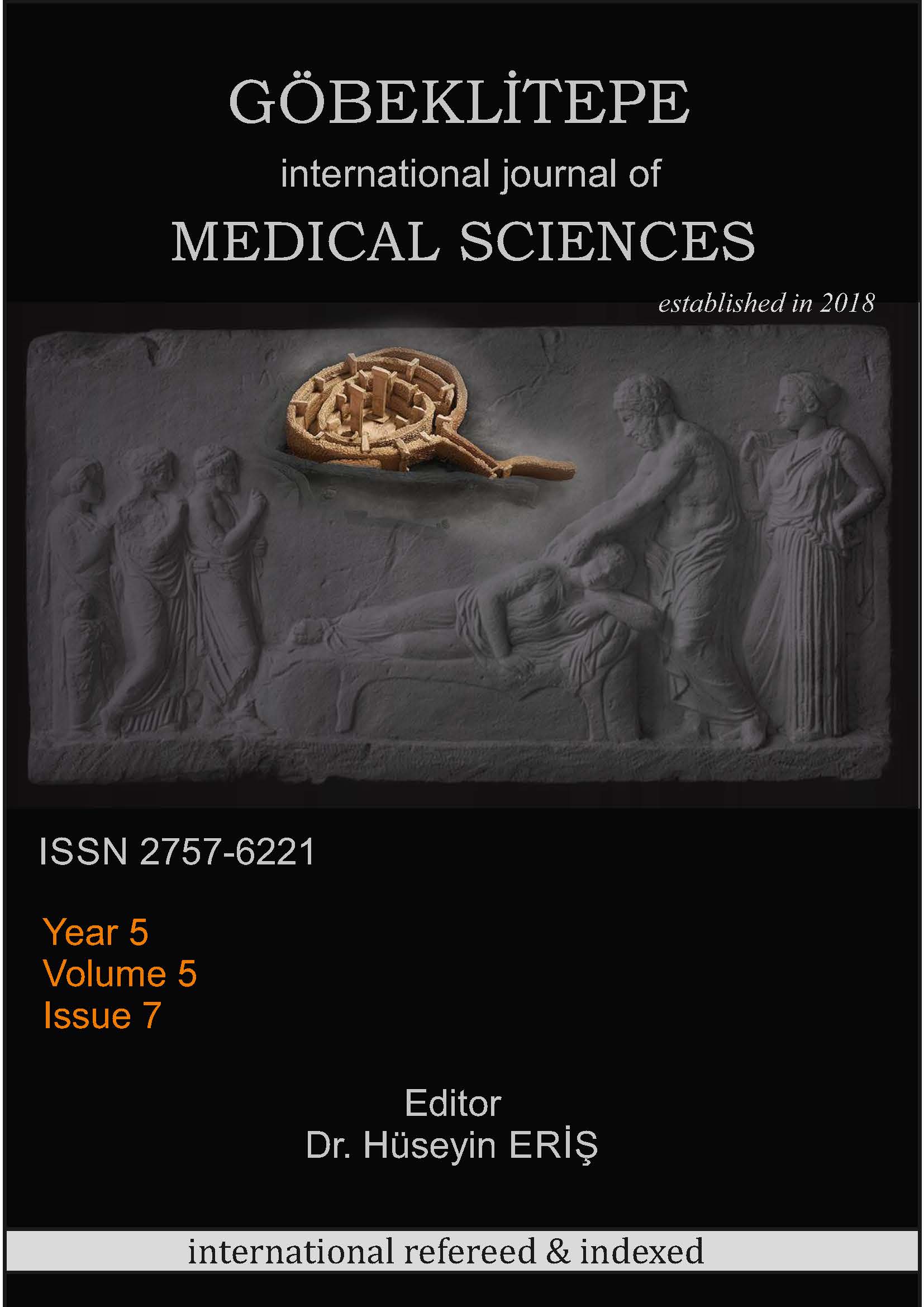THE RISKS OF EXPOSURE TO NATURAL RADIATIONS INDUCED HYDROTHERMAL ALTERATION SITES: CASE OF CANCA SITE
DOI:
https://doi.org/10.55433/gsbd.128Keywords:
Hydrothermally alteration areas, Natural radioactivity, Radiological hazard, Radiation exposure, GümüşhaneAbstract
The main purpose of this study is to investigate the risk of exposure of natural radiation in areas with intensive alteration development, using various methods. As a case study, Canca hydrothermal alteration site located on the west-southwest of Gümüşhane, Northeast of Turkey, was selected. Above two hundred soil samples were obtained from the Canca (Gümüşhane, Türkiye) hydrothermal alteration site and analyzed for some radioisotope elements, such as, potassium (40K), uranium 238U and thorium (232Th) by ICP-AES (Inductively Coupled Plasma-Atomic Emission Spectrometry) and ICP-MS (Inductively Coupled Plasma-Mass Spectrometry). The distributions of the activities of the radioactive elements in examined soil samples belonging to the Canca field were assessed with the help of some parameters and compared the global average concentrations of those elements. The obtained results for those elements are generally for lots of sample locations greater than the global average values of them. This study conducted in the context of the Canca (Gümüşhane, Türkiye) hydrothermal alteration site showed that the hydrothermal alteration areas should be examined for the risk of exposure to radiation.





